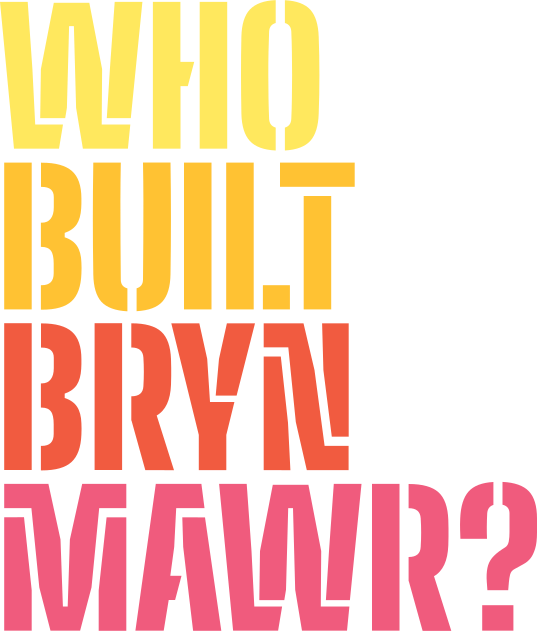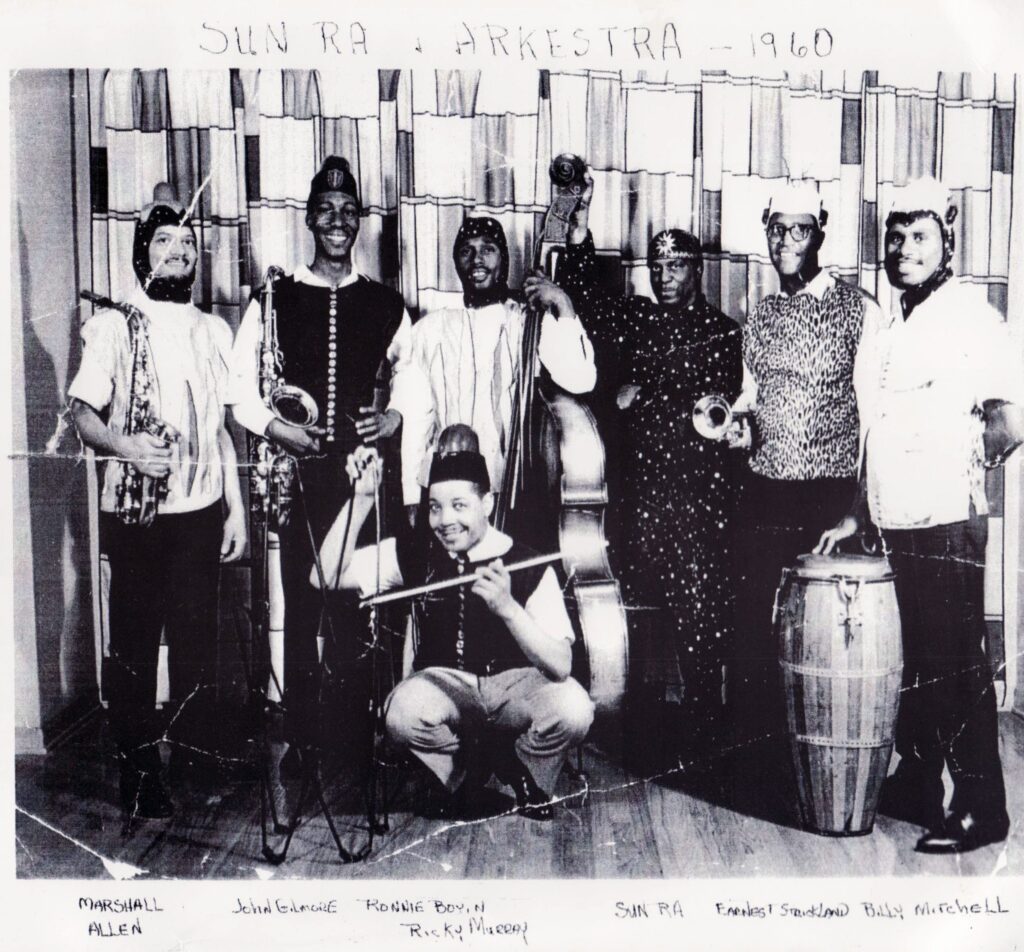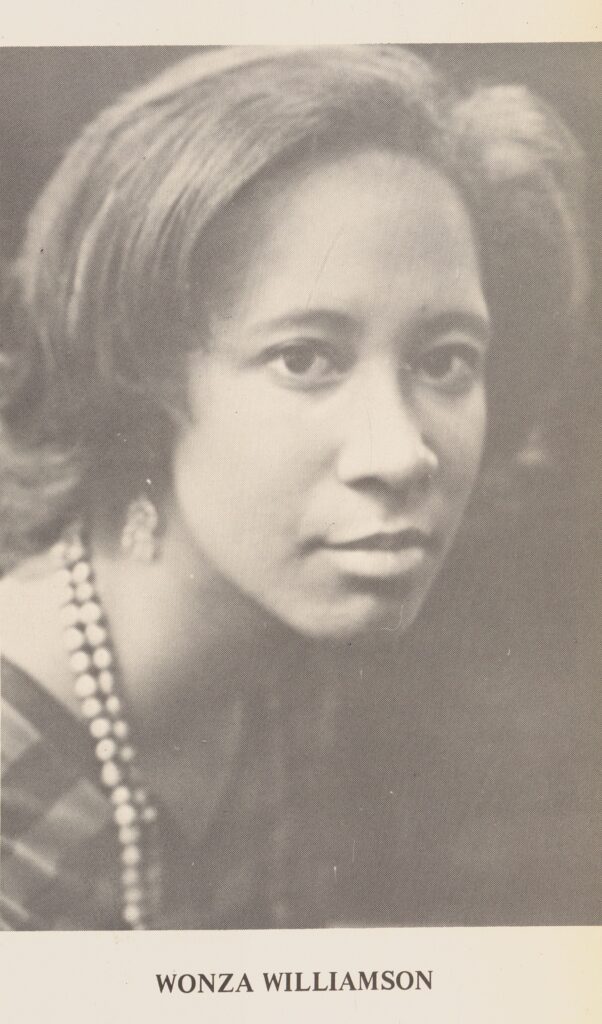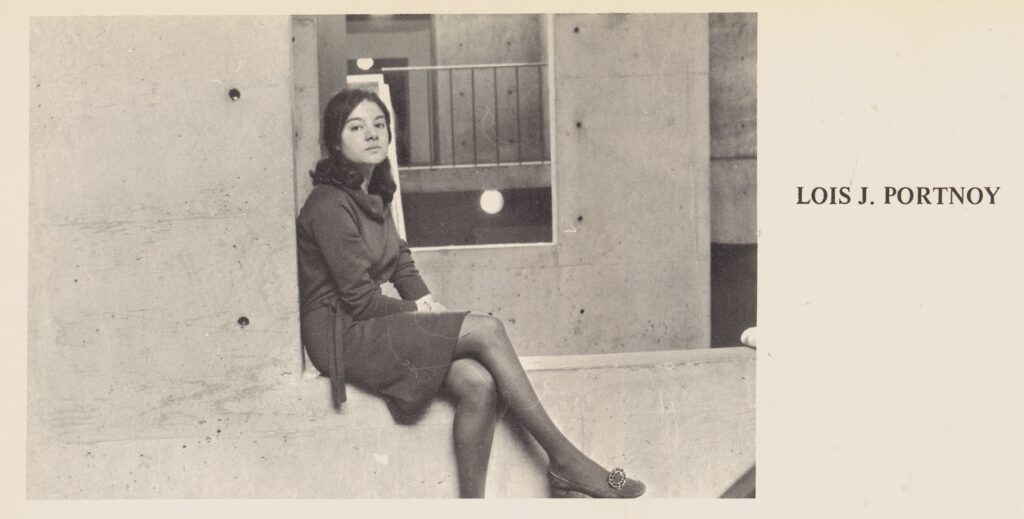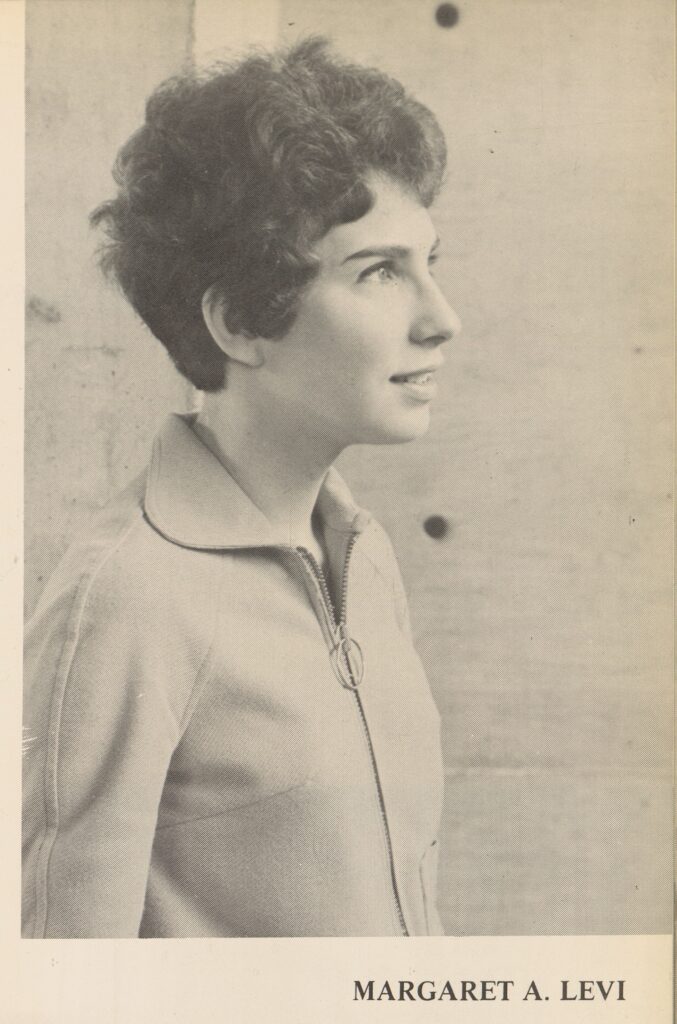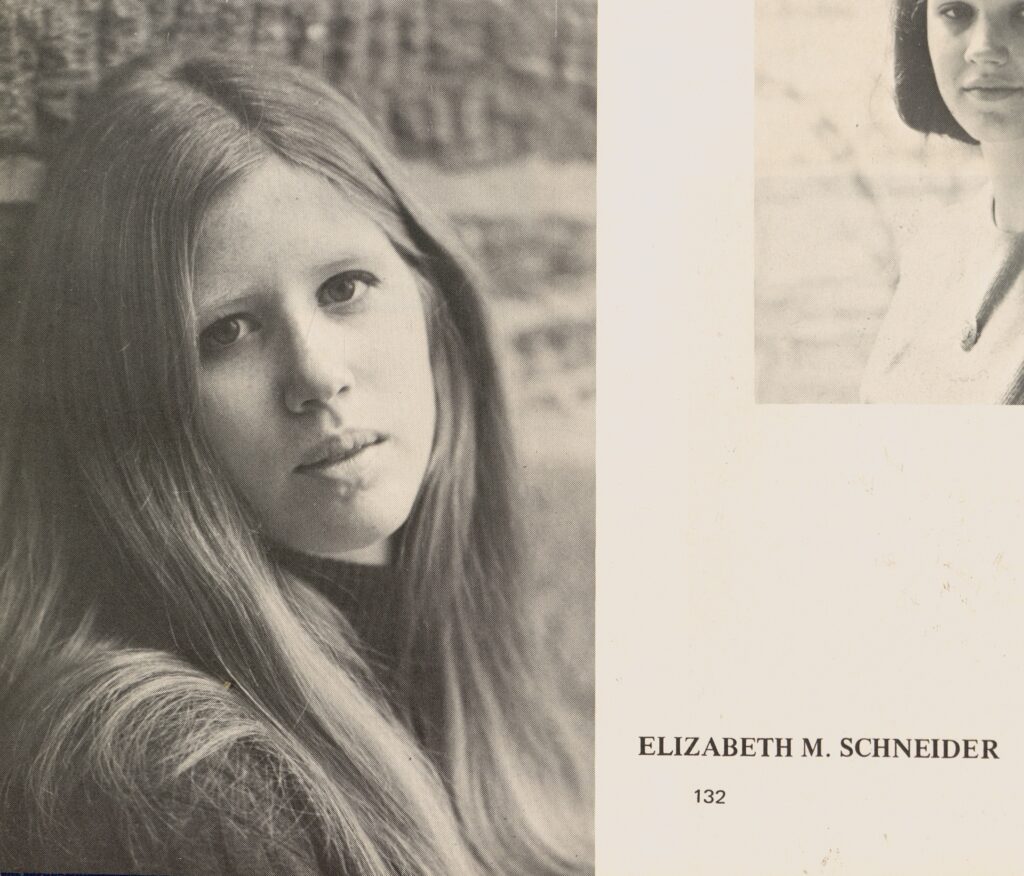Cultural Pride as Activism at the Bi-Co (1968, 1969)
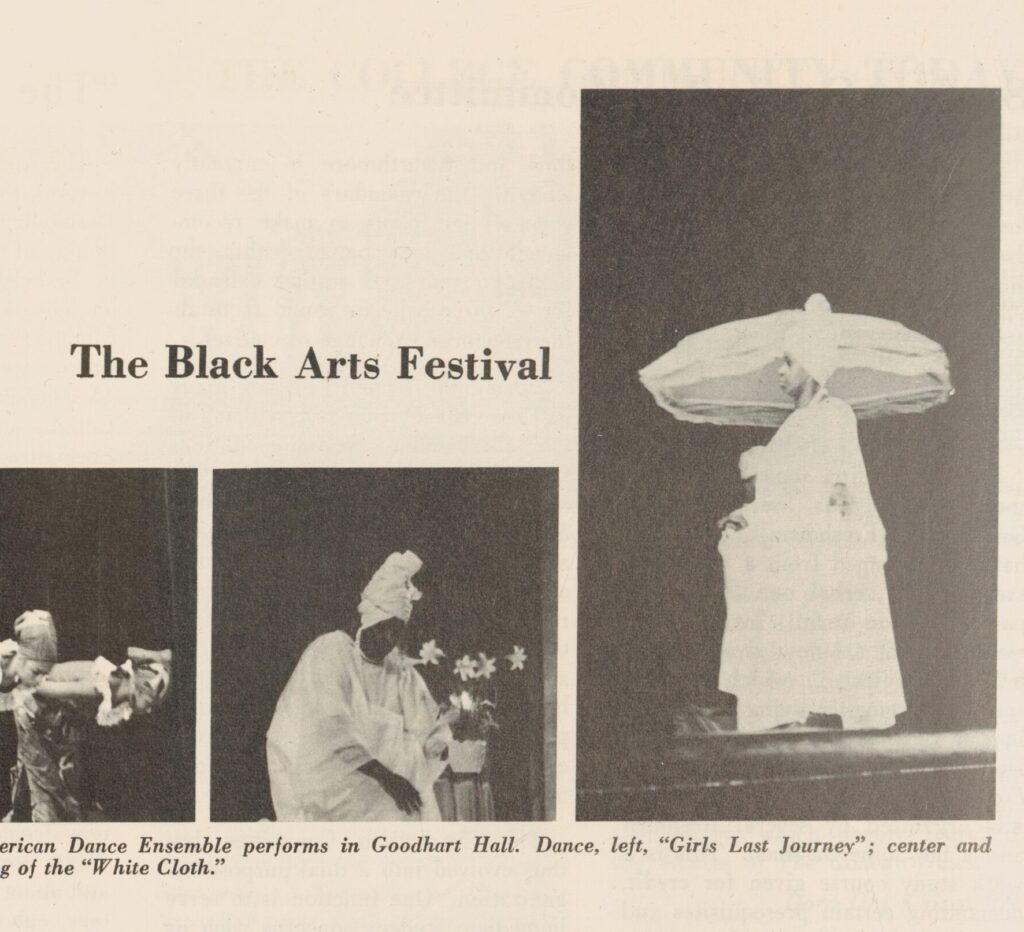
“Although many were frightened by the hatred and violence of the Black poetry, drama, and music, the fact remains that both the hatred and the violence are legitimate outgrowths of hundreds of years under a brutal and oppressive system.”
Jackie Williams (Class of 1968) in the College News, 1968
The Black Arts Movement
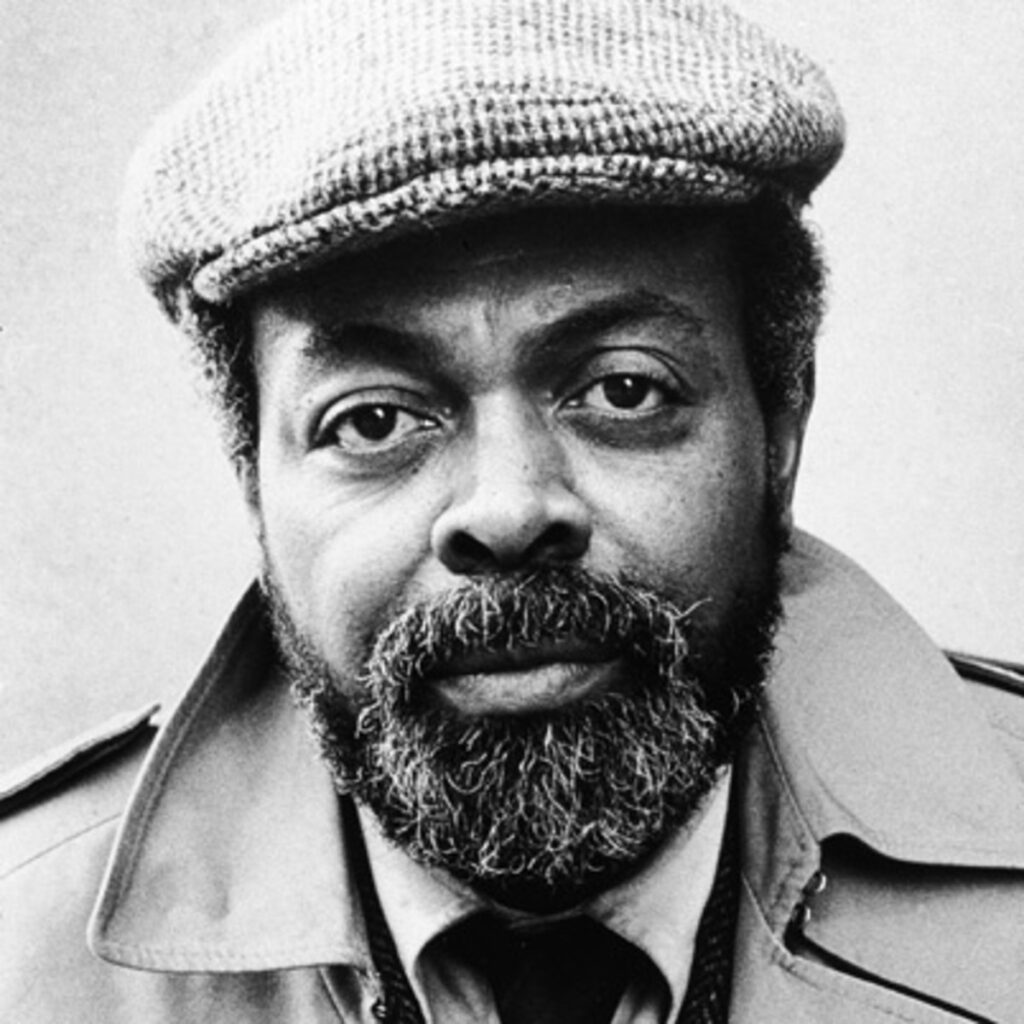
The Black Arts Movement formally began in Harlem in 1965 when Imamu Amiri Baraka (né LeRoi Jones) opened the Black Arts Repertory Theater. Following the assassination of Malcolm X, dual strains formed within the Black Power movement, one of which developed from a Harlem-centered cultural nationalism. Drawing on the tenets and fervor of the Black Power movement, the Black Arts movement was politically charged and culturally significant. Focused on Black liberation, awakening Black consciousness, and Black pride, the movement produced poetry, novels, theater, music, fine art, and genre-defying works in other disciplines. The legacy of the movement and the works it produced continue to influence art to this day.
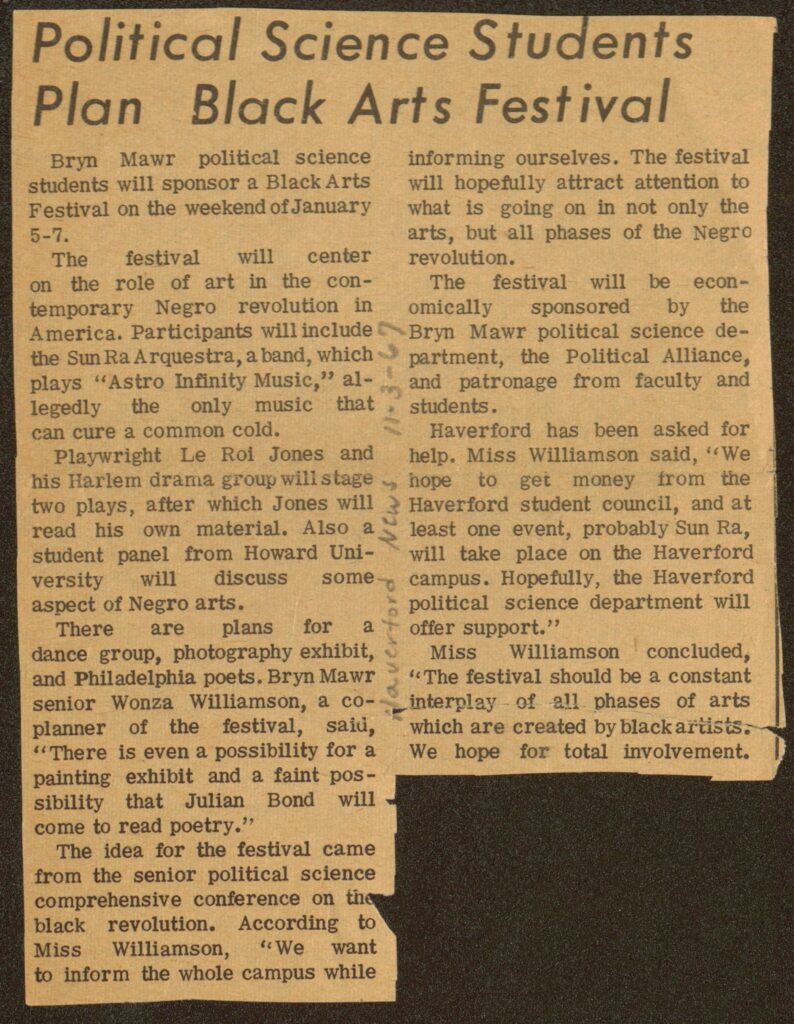
“The black arts are related to the black power struggle in being very angry arts… The black artists consider themselves as spokesmen for something; their work communicates their commitment to the black man.”
Jackie Williams in the College News, 1967
The Student Organizers
The Black Arts Festivals were sponsored by the Haverford-Bryn Mawr Black Student League and organized primarily by Jackie Williams (Class of 1968), Lois Portnoy (Class of 1968), Wonza Williamson (Class of 1968), Liz Schneider (Class of 1968), Margaret Levi (Class of 1968) and recorded in the Alumnae Bulletin by Renee Bowser (Class of 1970). These displays of culture and pride were made possible by the passion of the students who planned it, and the cooperation between the two campuses.
The Festivals
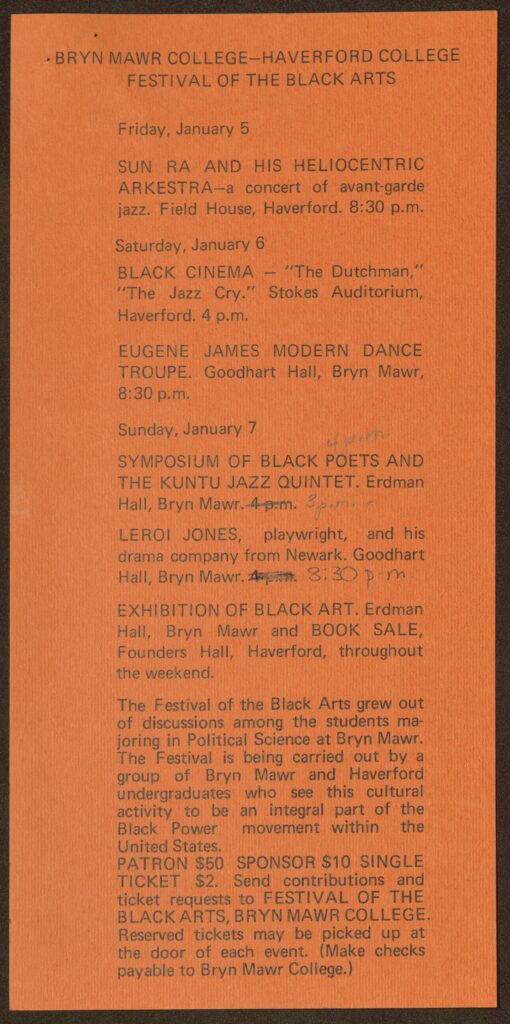
“If students can be more than spectators to the black movement, if they can open their minds to a new kind of music or poetry or way of thinking or person, the weekend will be a success.”
Jackie Williams in the College News, 1967
The Black Arts Festival occurred twice within the Bi-Co and posited the notion of sharing culture as activism. Like many cultural festivals, it showcased a variety of arts—theatre, dance, singing, poetry, fine arts, and other disciplines. Against the backdrop of the Black Power movement, overt displays of pride and authenticity became a radical act. This dissemination of art, ideas, and culture was a showcase of Black identity on the two campuses. The hope of these festivals was to increase “the flow of ideas between Blacks at different universities” and give “both campuses an opportunity to see black productions by professional black artists” [Renee Bowser Class of 1970, “The Black Arts Festival,” 1969 Alumnae Bulletin Spring 1969].
“The idea for a festival of the black arts sprang from the political science… conference this year, which is centered around the concept of black power as a revolution. The weekend will culminate two months of discussion on what black power means and on our involvement in it.”
Jackie Williams in the College News, 1967

“‘We want to inform the whole campus while informing ourselves. The festival will hopefully attract attention to what is going on in not only the arts, but all phases of the Negro revolution.”
Wonza Williamson in Haverford News, 1967
Explore the Timeline for the Whole Exhibition
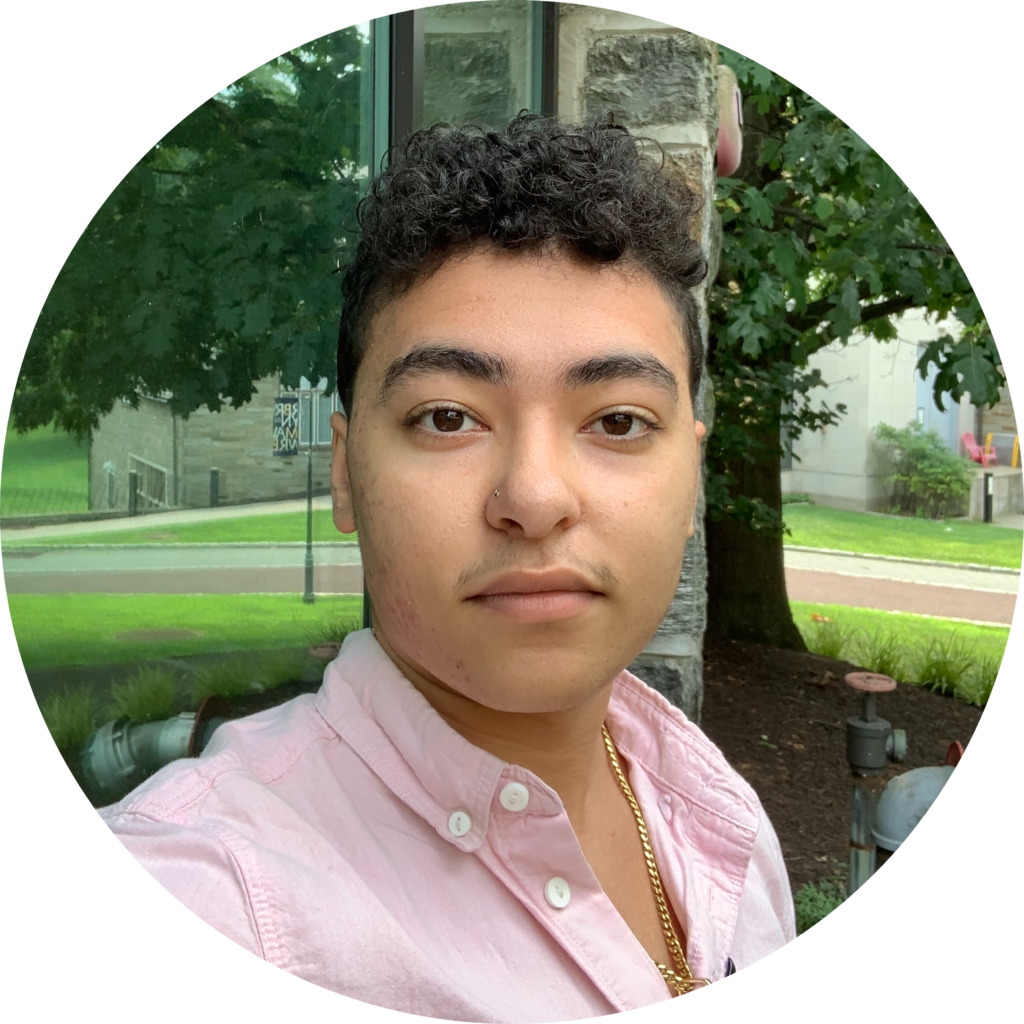
About the Curator
Elliot Fleming (Class of 2021)
What drew you to this topic?
The Black Arts Festivals occurred at a pivotal historical moment. The emphasis on Black Power and cultural pride reflects the transition from the Civil Rights movement earlier in the decade. These events were a celebration and a vessel to showcase Black art to the community and the country as a whole.
Have any questions about the exhibit?
Reach out to tellinghistories@brynmawr.edu
